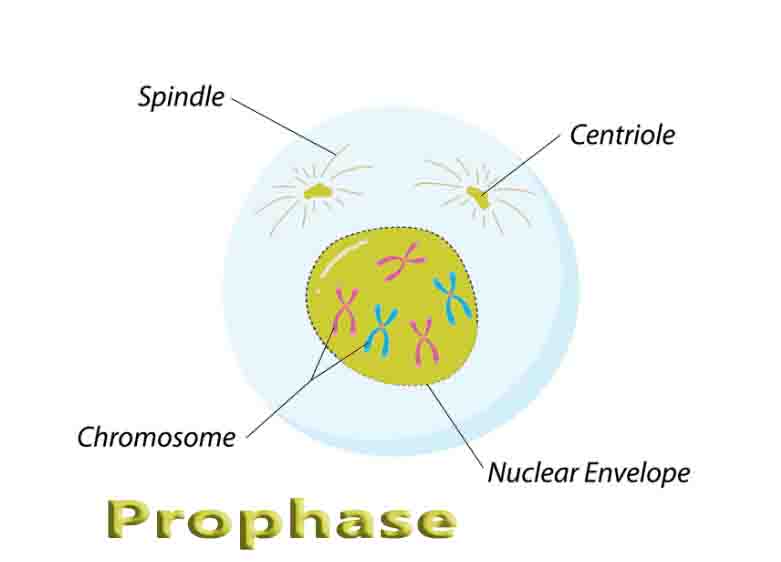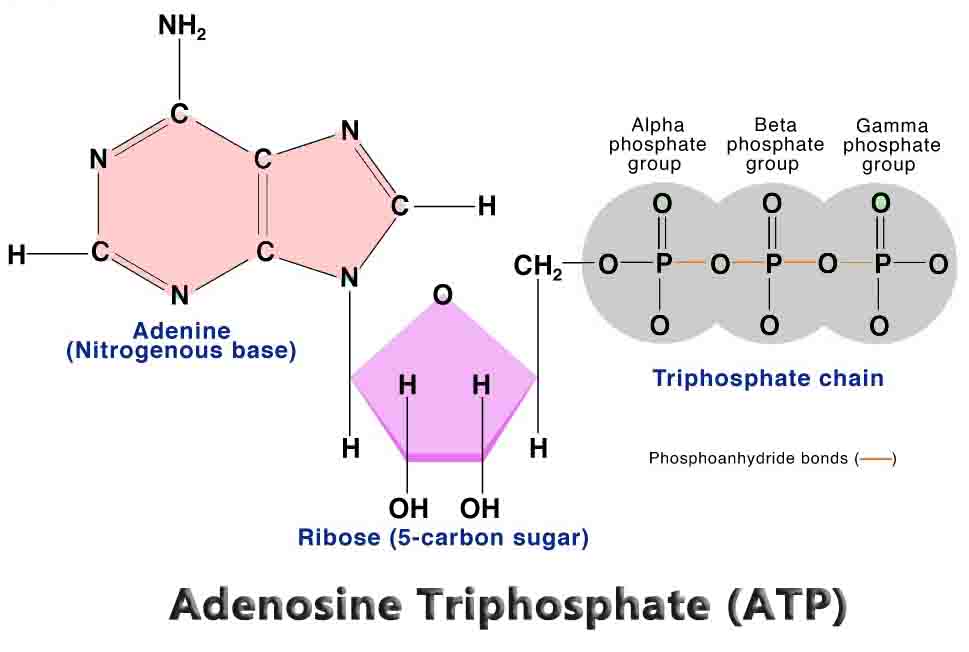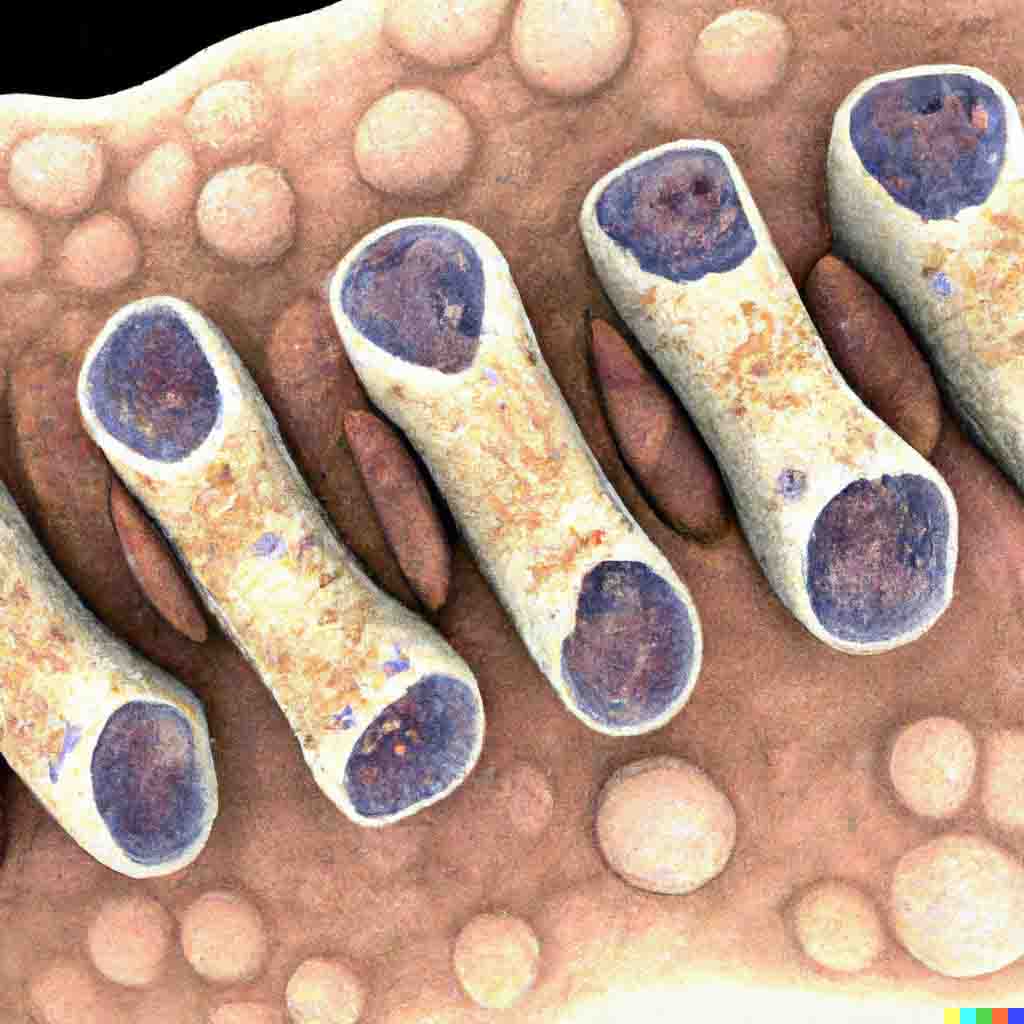Kingdom Protista
Protists are eukaryotic organisms belonging to the Kingdom Protista. Protists are highly diverse and do not have much in common with one another. They are grouped together because they don’t fit into any other kingdom; put simply, protists are all the eukaryotes that are not animals, plants, or fungi. Generally, protists are microscopic, unicellular organisms, … Read more










